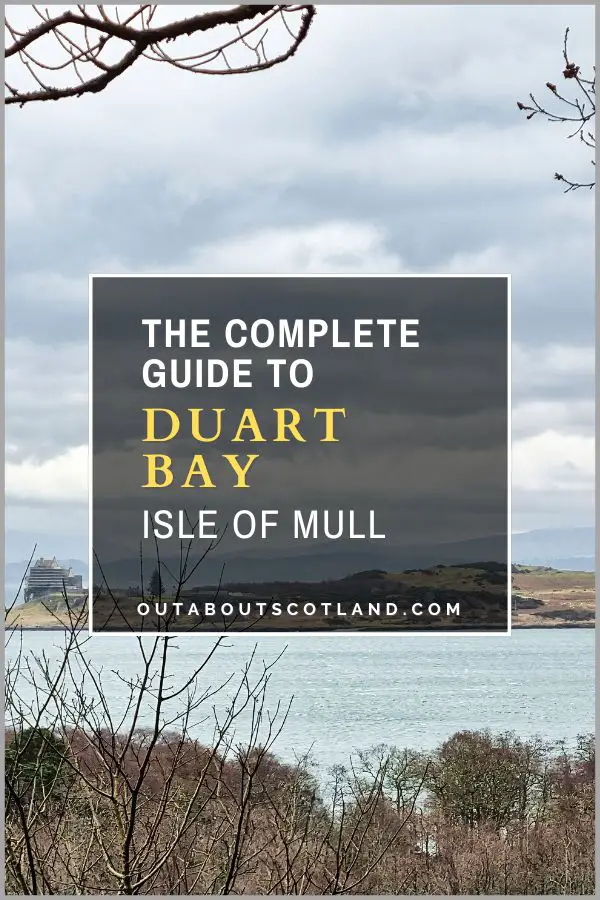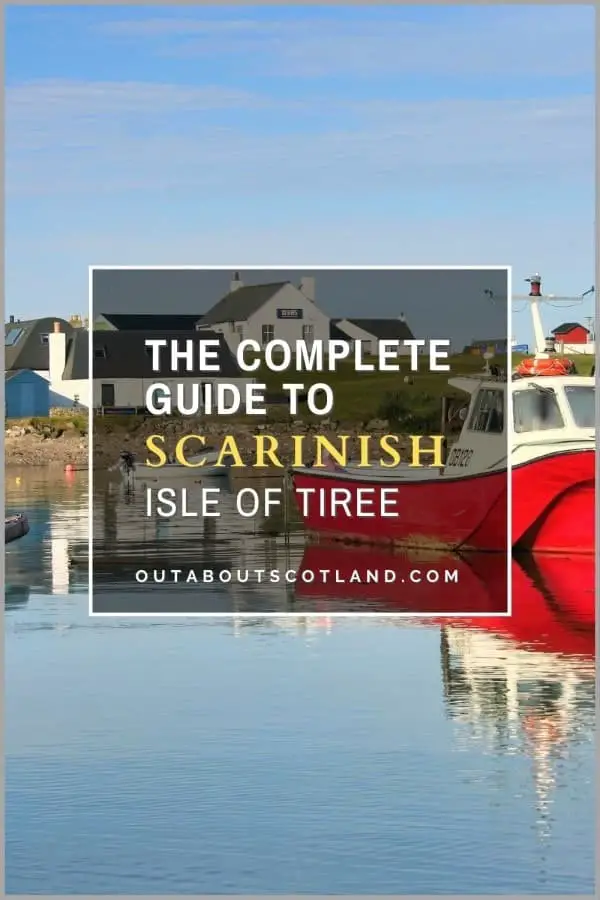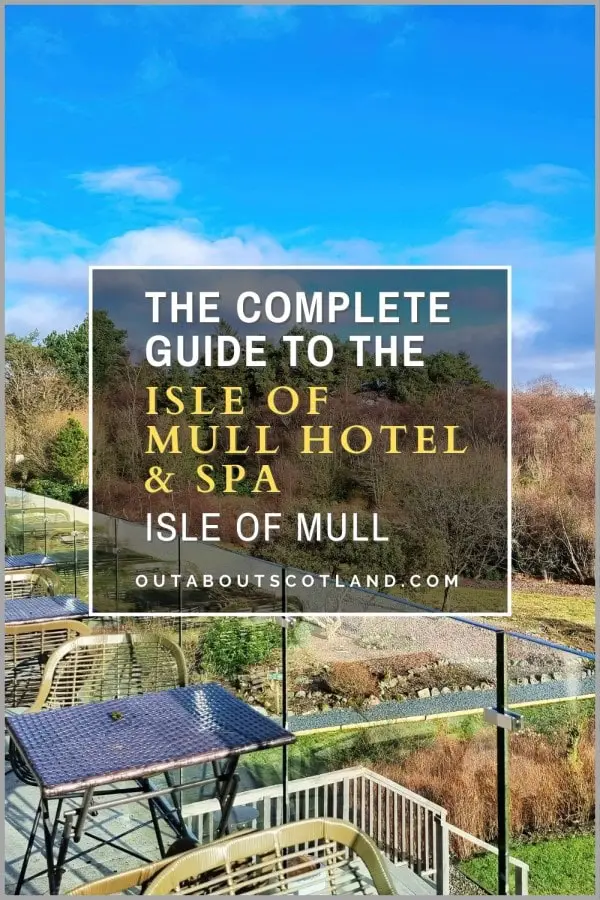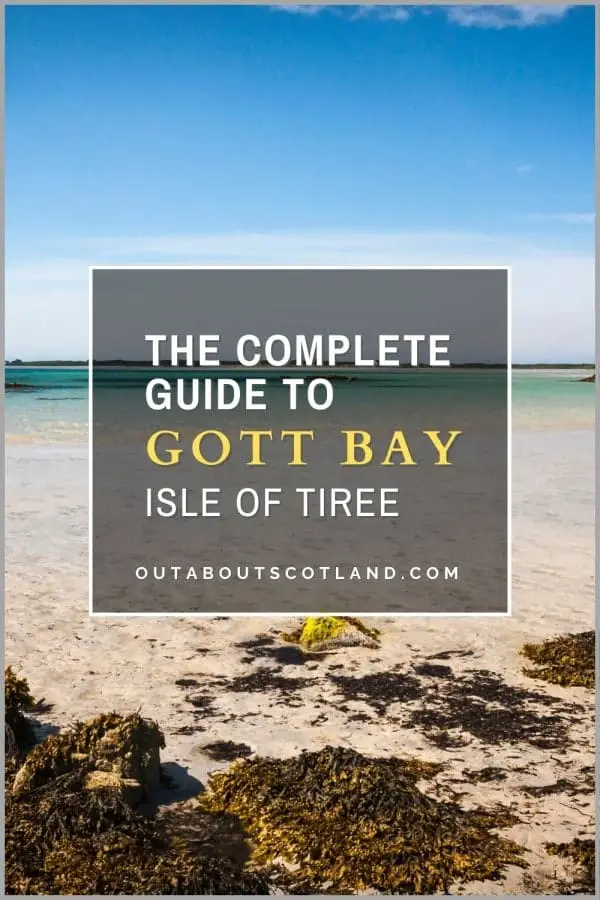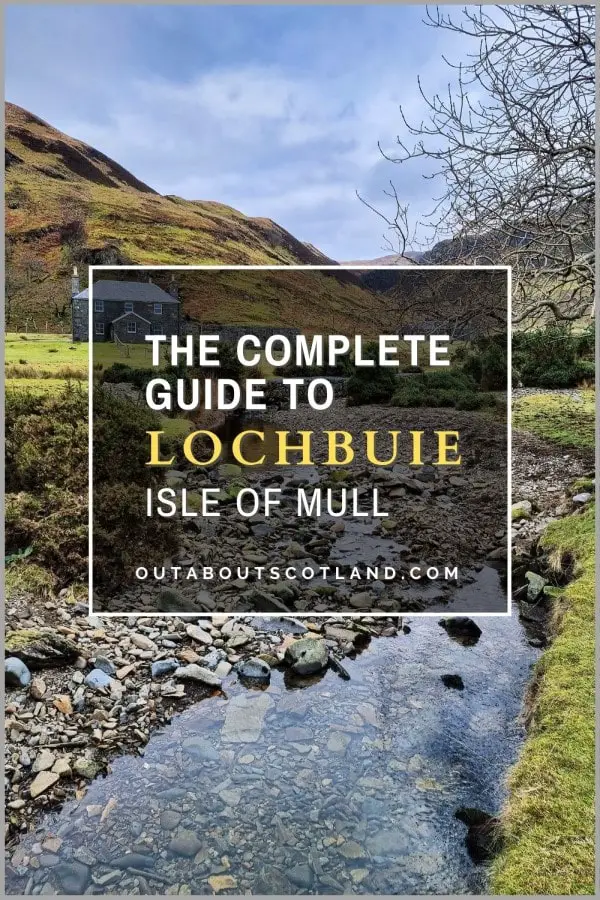The small but beautiful Isle of Eigg is part of the Small Isles in the Inner Hebrides, located 10 miles (16.09 km) west of the Morar Peninsula. Access is via a one-hour ferry from the village of Mallaig on the mainland, which makes it ideal for day-trippers, especially cyclists who can ride along the pretty single-track roads to explore the interior of the island and its two golden beaches, the Singing Sands and Laig Beach.
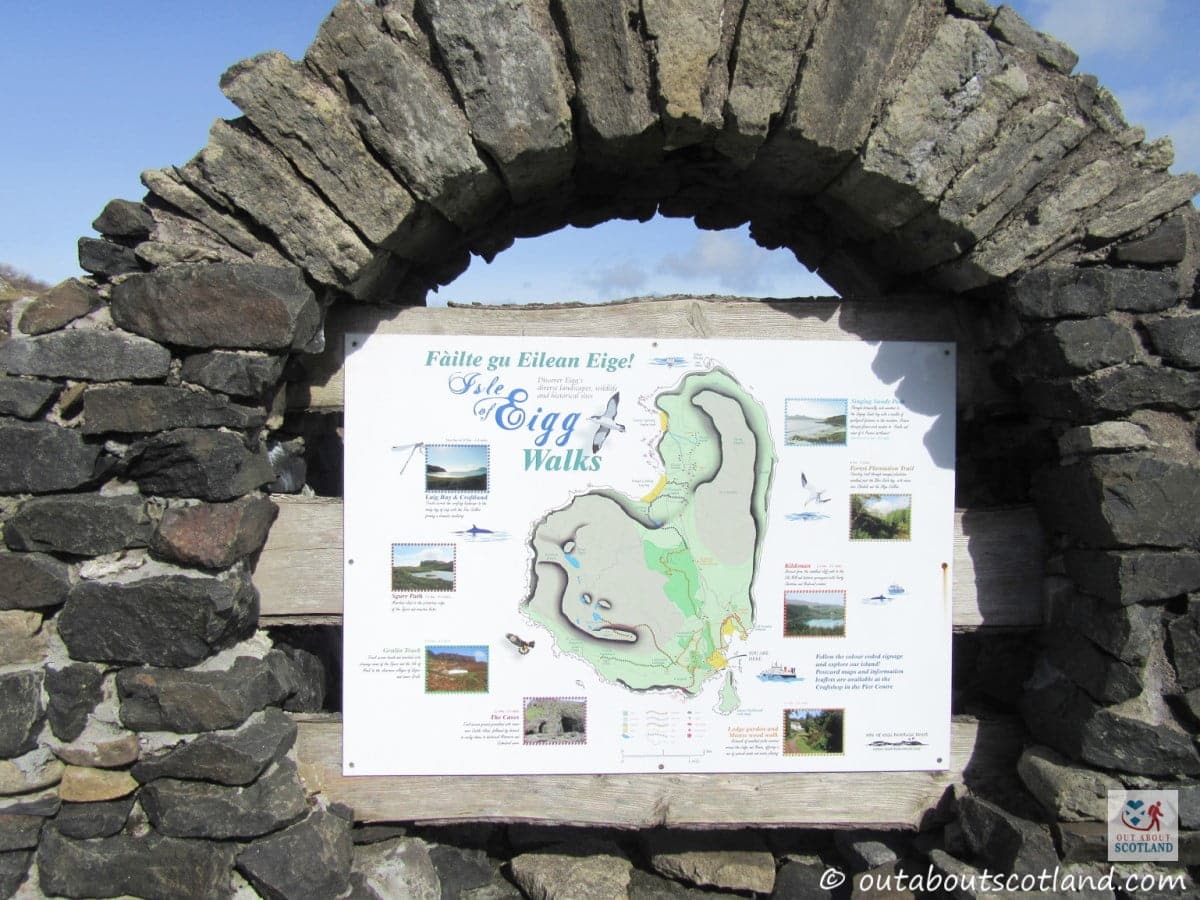
Overview
The Isle of Eigg is one of the smallest islands in the Hebrides (it has a total area of only 12 square miles) but it has one of the most diverse landscapes in Scotland, making it a must-visit destination for tourists.
Eigg has done a remarkable job of keeping its tourism at manageable levels – quite an accomplishment considering the island is so scenic – and although the residents are very welcoming of tourists, the island feels in no way commercialised, which only adds to its charm.
In case you were wondering, the Small Isles consist of Canna, Muck, Rum, and Eigg, all of which lie to the south of the Isle of Skye and to the north of the Ardnamurchan Peninsula. While Eigg is considerably smaller than Rum, it’s larger than both Canna and Muck. It’s only 9 km long from north to south and 5 km wide from east to west so it’s not exactly big, but what it loses in landmass against other Scottish islands it more than makes up for with its beauty and character.
There’s a heap of reasons why I think you should visit Eigg, but first and foremost has to be the scenery. Although the coastline is predominantly shingle beaches and sheer cliff faces, there are a few immaculate white-sand beaches on the island (check out Laig Beach; it’s fantastic). In addition, visitors will see thick woodland, sweeping plains of heather-covered moorland, and An Sgurr, the enormous mountain ridge that dominates the south side of the island.
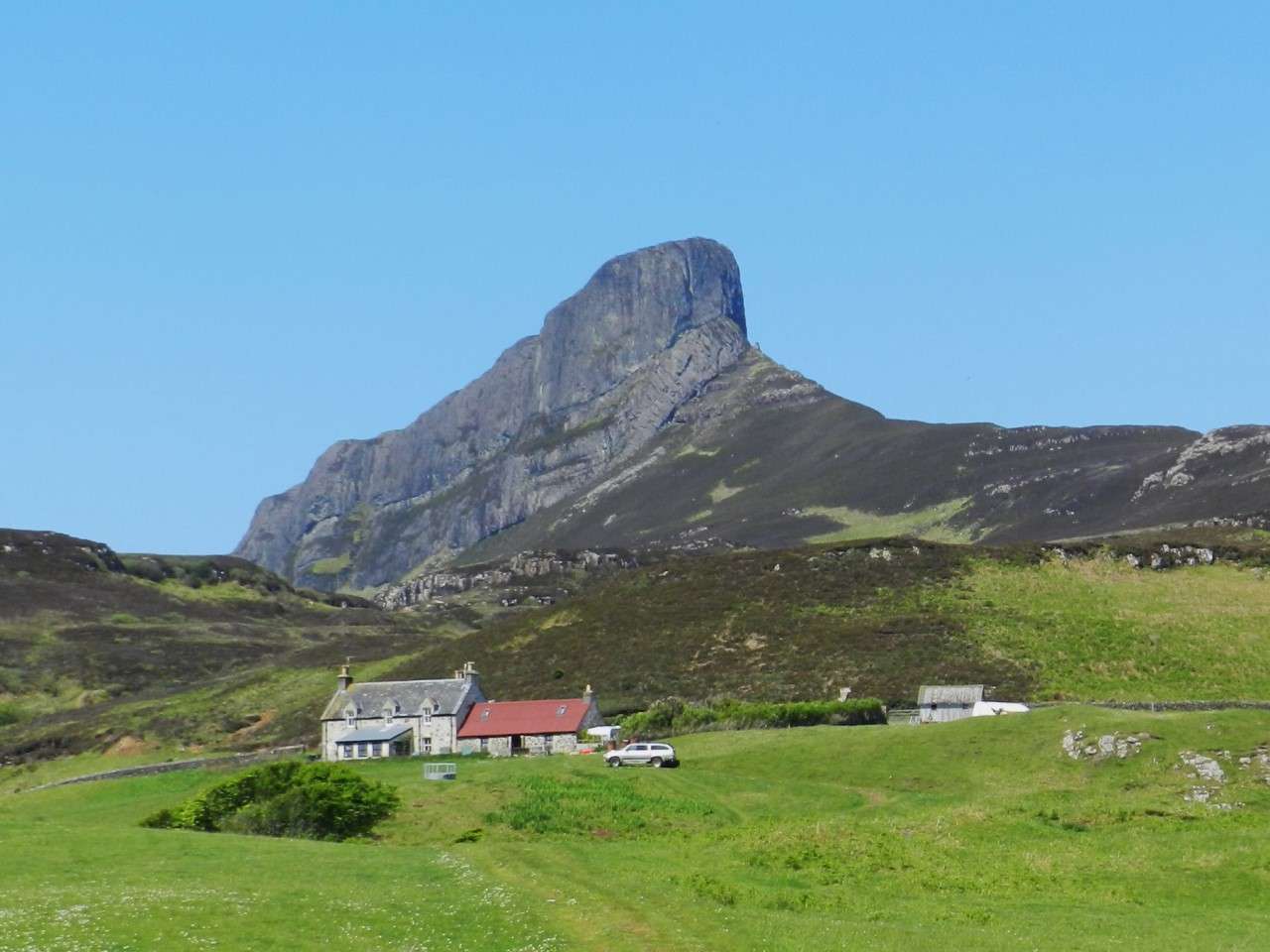
But perhaps even better than the scenery is the solitude. There are only around 100 permanent residents on Eigg so it’s the perfect place for travellers looking to find peace and quiet. The summer months admittedly see an increase in the number of visitors thanks to the ferry routes from the mainland fishing port of Mallaig and the village of Arisaig in Lochaber, but even so, it’s remarkably quiet even in the peak tourist season.
Due to its ease of access by ferry from Mallaig, the majority of Eigg’s visitors are day-trippers, but it’s possible to stay overnight in one of the few B&Bs and self-catering houses on the island if you book early enough. If you’re interested in an extended trip, be aware that accommodation is limited and vacancies fill quickly, so keep an eye on the Isle of Eigg website for updates.
Getting to the island is possible by taking the Calmac ferry which sails twice daily from Mallaig to Eigg, Muck, Rum, and Canna in the summer months but operates with a reduced timetable in the winter months. You can view the timetable and make a booking via the Calmac website. Note that visitors cannot take cars onto Eigg so your transport options once you’re on the island are limited to bicycles and walking.
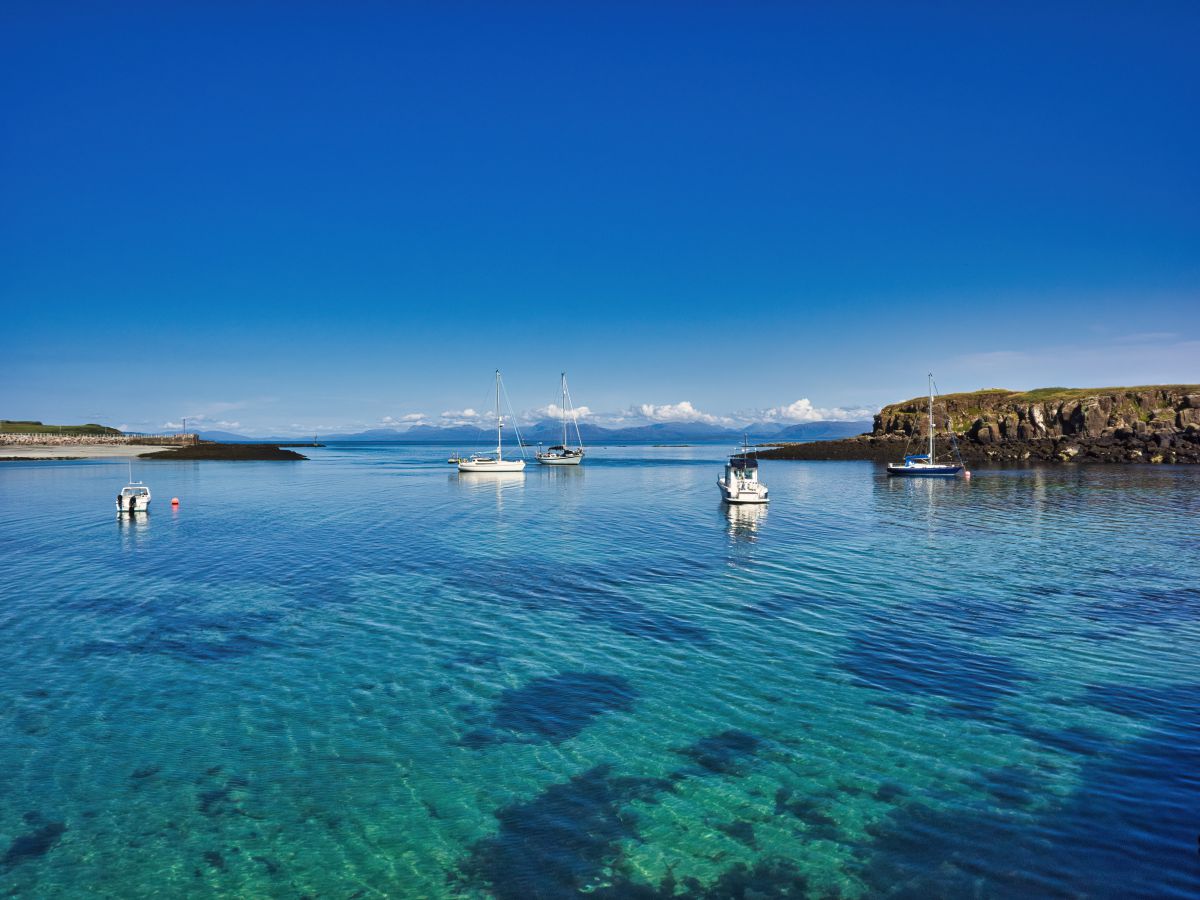
Book Tours in Scotland
The Highlights
1: The Isle of Eigg boasts stunning beaches with crystal-clear waters and white sandy shores. Laig Bay and Singing Sands are particularly popular spots for beach lovers. You can enjoy scenic walks, relax on a beach, or take a dip in the sea.
2: The prominent volcanic ridge of An Sgurr offers breathtaking panoramic views of the island and its surroundings. Hiking up to the top of An Sgurr is a must-do activity for nature enthusiasts.
3: The Isle of Eigg has a rich history that dates back thousands of years. You can explore relics from the Neolithic, Bronze Age, and Viking eras, including ancient burial cairns and standing stones.
Visiting Tips
1: The Isle of Eigg is a remote and relatively small island, so it’s important to plan your trip in advance. Check the ferry schedules and make sure to book your accommodation well in advance, especially during peak tourist seasons.
2: Eigg is known for its pristine natural beauty, and it’s important to help preserve it. Follow the ‘leave no trace’ principles by disposing of your waste properly and avoiding littering. Be mindful of wildlife and their habitats, and stick to designated paths and trails to minimise your impact on the delicate ecosystems.
3: As Eigg is such a remote island, it’s important to pack essential items such as food, water, and any necessary medication for your visit. While there’s a small shop and a cafe on the island, supplies may be limited. It’s also a good idea to bring appropriate clothing and footwear for outdoor activities, as well as a raincoat or waterproof gear, as the weather can be unpredictable.
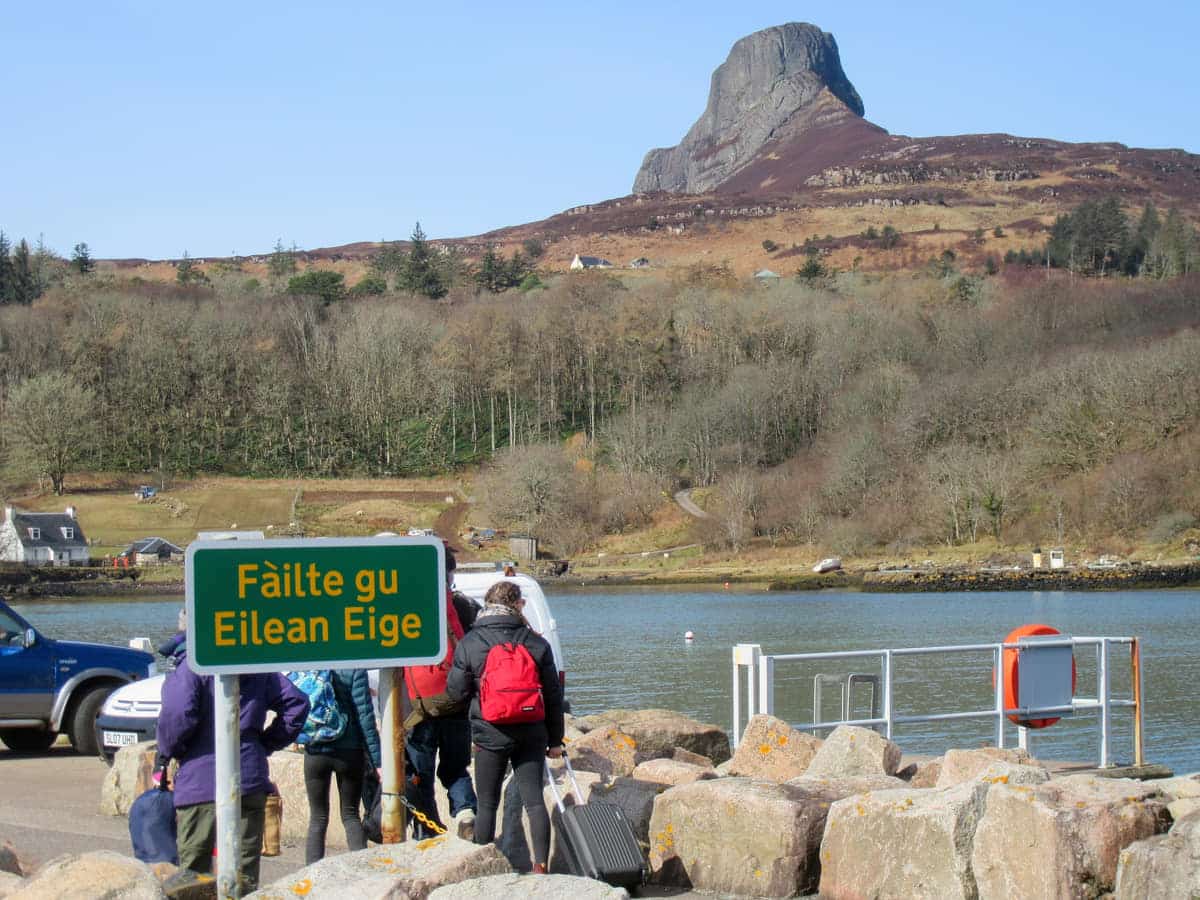
Protect Your Family From Scotland's Biting Midges
- Powerful, reliable protection for up to 8 hours
- Water- and sweat resistant
- Repels midges, mosquitoes, horse flies, sand flies, fleas and ticks
- Safe for use on adults, children over 30 months and pregnant women
- Non-sticky, moisturising with a pleasant fragrance
- Packaging may vary
Tourist Information
One of the most interesting things about Eigg is that it’s owned and managed by a trust that’s comprised of local residents as well as the Scottish Wildlife Trust and the Highland Council. Between them, they’ve managed to increase the population of the island from around 65 to just over 100 in recent years.
Even though it’s a small island, you’ll find a few modern amenities that cater to visitors such as a café near the ferry jetty, but to be honest, there’s not much else facilities-wise for tourists. Still, the wee café is great and serves big portions of home-cooked food at very reasonable prices, and I have to say the coffee and cakes are worth the trip on their own.
My advice when first arriving, though, is to leave the sugary treats until you return to the ferry jetty and instead hop on your bike to cycle along the single-track road that winds its way through the centre of the island. You could walk, but as the return ferry only gives you around five hours, it’s doubtful you’ll see the beaches (the highlight of the island, in my opinion), as the route from the ferry jetty to the Singing Sands beach is 10 miles there and back.
When you get near Laig Bay, you’ll notice the landscape opens up to a wide, flat plain comprised of farmland, a few houses, and two stunning white-sand beaches that are flanked by a vast, impenetrable wall of sheer cliff faces. Remember the scene in the film Zulu where the tribal warriors suddenly appear on the top of an enormous ridge? Well, it looks like that, only even more dramatic.
When you finally manage to tear yourself away from the view, head towards Cleadale and look across the water to another gorgeous view of the dramatic peaks of the Isle of Rum. To the south lies another beach at Laig Bay, which is much larger and renowned for the mesmerising fern-like patterns in the sand that change with the motions of the waves – a natural phenomenon caused by a combination of quartz black basalt and white shell.
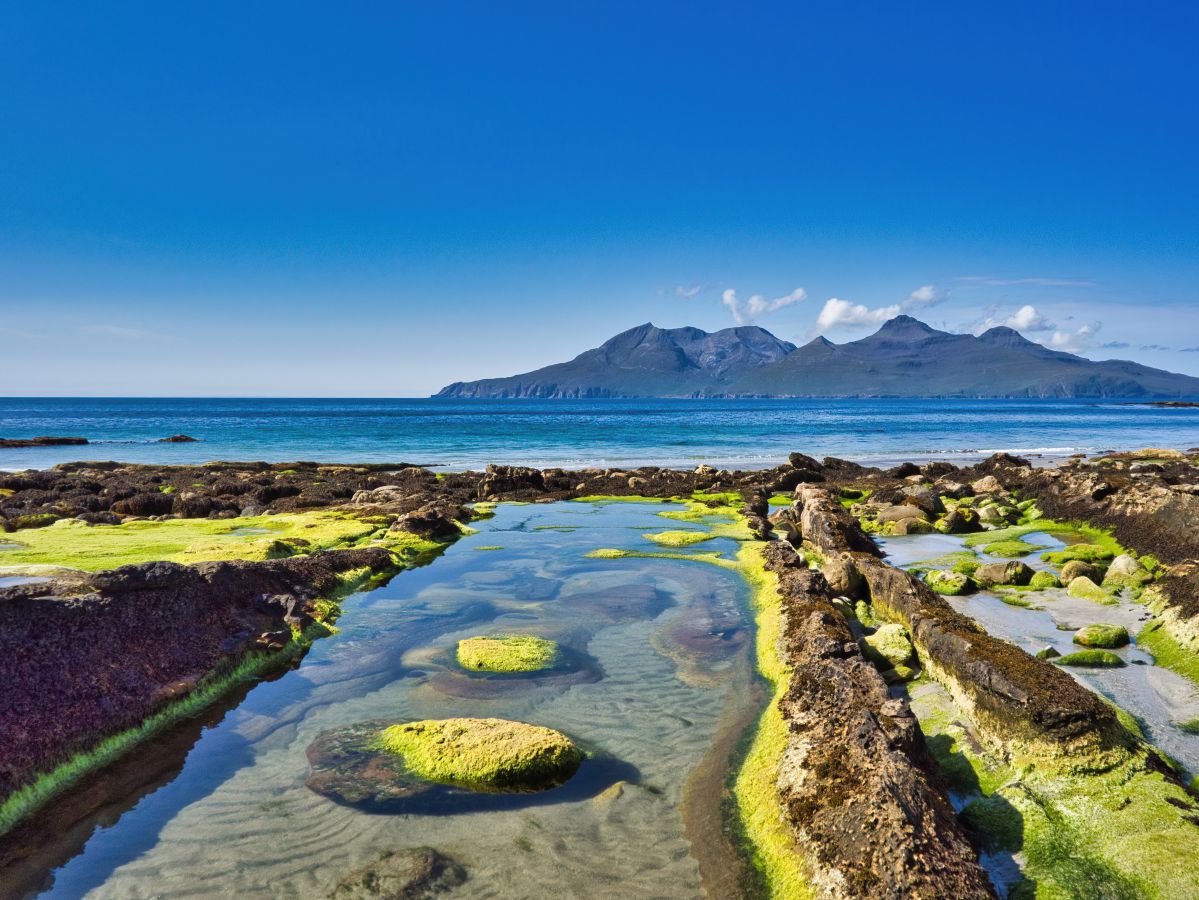
In addition to its beaches, Eigg is renowned for the number of bird species that live on it (212 at the last count), so if you take your binoculars you’ll be in for a treat as the island has breeding populations of falcons, kestrels, owls, and even golden eagles swooping over its landscape.
The remotest part of this island is the moorland plateau on its southern half, which rises an impressive 400 metres above sea level at An Sgurr, the enormous sheer-sided pitchstone pinnacle that dominates the island and offers amazing views from its summit. It’s possible to walk along the ridge that leads to the top of this rocky outcrop where you’ll be able to see across to the Isles of Mull, Coll, Muck, Rum, and Skye.
Unfortunately, completing the return climb to the top of An Sgurr will take at least four hours which means you can either visit the north part of the island on a day trip or do the climb, but you won’t have time for both. I took the first option so I can’t really comment further on the ridge, but the Walk Highlands website has an in-depth guide to climbing it.
Other highlights of Eigg include the wild willow and hazel woodlands that bloom with wildflowers, the otters that can be regularly seen hunting along the shores, the seals, dolphins, and minke whales swimming all around the coastline, and the white-tailed sea eagles that frequently soar overhead on the hunt for their next meal.
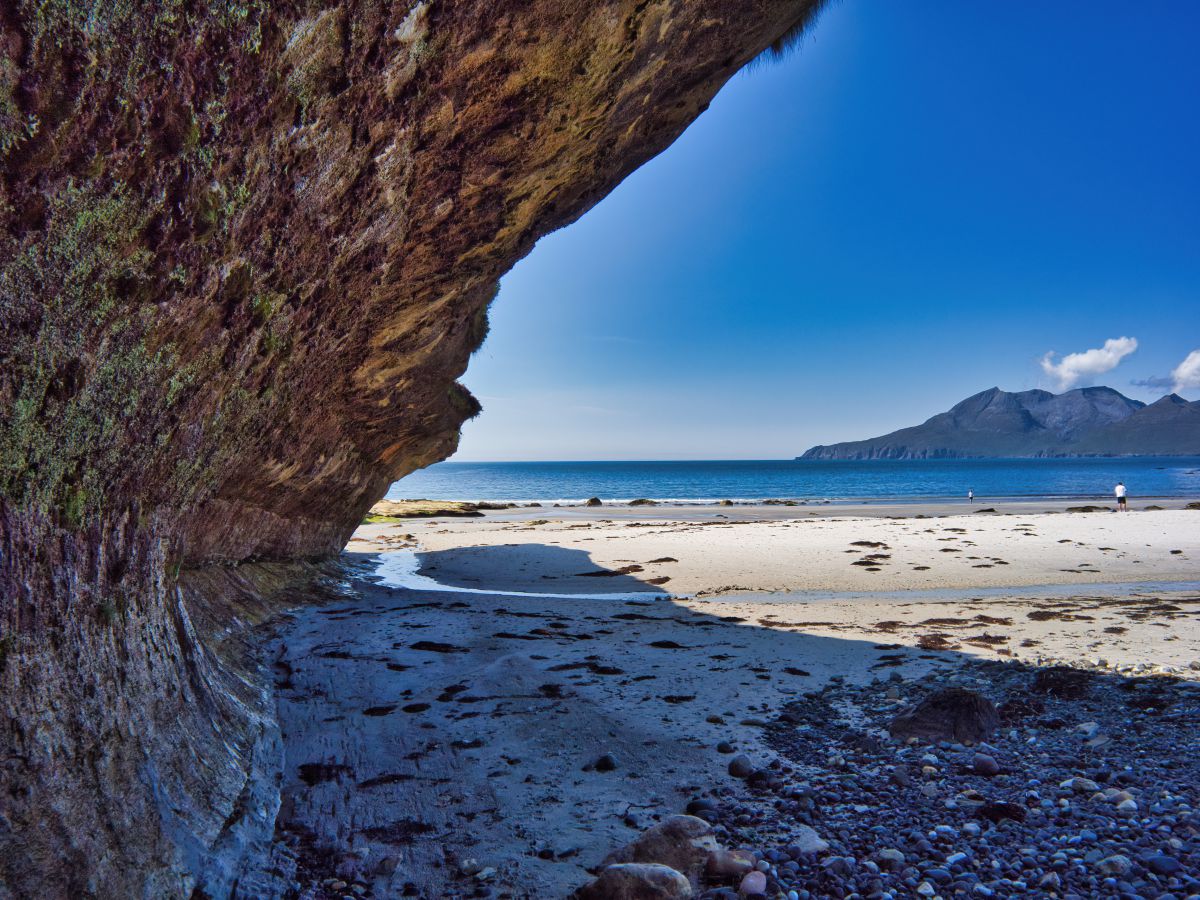
History
People have been living on Eigg (pronounced ‘egg’) since the Bronze Age, and traces of ancient weapons including knives, axes, and arrowheads, have been dated from around the Neolithic era. In many ways, there are a lot of similarities between Eigg and the islands of Orkney and Shetland in the far north. But where those islands are quite desolate, Eigg has several woodlands to complement its moorland.
Early Iron Age huts have been found throughout the island, many of which are over 8,000 years old. However, the greatest number of remains of Eigg’s ancient inhabitants date back around 1,500 years when Irish missionaries first brought Christianity to Scotland.
Saint Donnan established a monastery at Kildonnan along with a large number of his followers, and historical evidence suggests this monastery thrived for many years until the Picts massacred them in 617 AD. The remains of Viking settlers have also been discovered on Eigg, most notably an elaborately decorated silver and bronze sword handle that was found near Kildonnan.
Suffice it to say, this wee island has a lot of stories to tell, but the most notorious event in its history occurred in 1577 with the massacre at the Cave of Frances. At this time, the Ranald clan was hosting the MacLeod clan on Eigg. Unfortunately, the MacLeods began taking advantage of the local Eigg women and in retaliation, the Ranalds rounded them up and set them adrift at sea.
After being rescued by fellow clan members, the MacLeods returned to Eigg to seek revenge on the island’s inhabitants, who had already spotted the approaching invaders and had hidden inside the Cave of Frances. The cave was large enough to house all 395 Eigg residents and it had a small entrance that was overgrown with moss which made it all but impossible for the MacLeods to find.
After a few days of fruitless searching, the MacLeods were ready to depart but just as they were leaving, they noticed one of the islanders hiding near the cave entrance. The MacLeods then found as much combustible material as they could and set it alight outside the cave entrance so that everyone inside died of slow asphyxiation from the billowing smoke.
Legend says that only one islander survived the massacre, an elderly woman who had decided to hide elsewhere on Eigg. While some historians question how much truth there is in this tale, several human remains have been uncovered inside the Cave of Frances over the years.
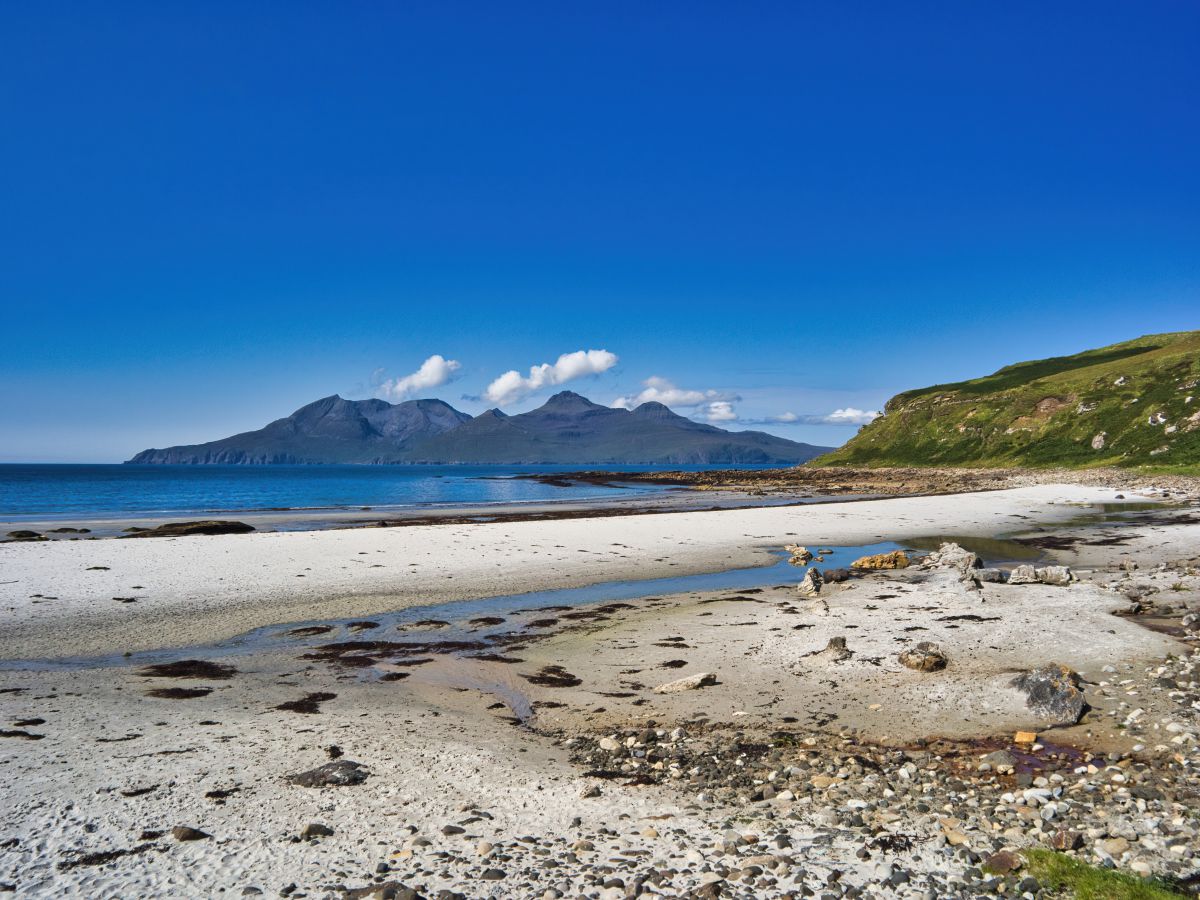
Book Tours in Scotland
Things to Do
Hiking An Sgurr: The Sgurr is a dramatic pitchstone ridge, the highest point on the island, that offers panoramic views of the Small Isles and the mainland. A hike to the top is a must-do adventure for any visitor, as the trail takes you from gentle slopes to steep, rocky peaks.
Wildlife Watching: The Isle of Eigg is a paradise for wildlife enthusiasts. Spot an array of bird species, including golden and white-tailed eagles, puffins, and buzzards. In addition, seals are often seen basking on the shores, and with luck, you might see dolphins, porpoises, and even minke whales in the surrounding waters.
Walk on the Singing Sands: This stunning white shell beach is named after the strange sound the sand makes underfoot in dry weather. Along with this phenomenon, the beach is a tranquil spot for picnics, swimming, and soaking in the spectacular views of the Isle of Rum.
Visiting the Massacre Cave: This historical site is a poignant reminder of the island’s past. A rival clan from the Isle of Skye massacred around 400 islanders in the 16th century, giving the cave its ominous name. Today, it’s a fascinating site to explore and is worth visiting for anyone with an interest in clan history.
Kayaking: The Isle of Eigg, with its stunning coastline and clear sea, is ideal for kayaking. It’s an excellent way to explore the island but tourists should not attempt this activity unless the sea is calm and they are wearing a life jacket.
Frequently Asked Questions
Are there cars on the Isle of Eigg?
Yes, there are cars on the Isle of Eigg. However, the use of vehicles on the island is limited as it has a limited network of roads. Only island residents use the cars because there is no ferry service between the island and the mainland that transports visitors’ vehicles. Visitors are encouraged to walk or cycle to keep the island’s carbon footprint low as part of its commitment to sustainability.
Who owns the island of Eigg?
The island community bought the Isle of Eigg in 1997, and the Isle of Eigg Heritage Trust now owns it and is in charge of managing it on its behalf. The trust manages the island’s infrastructure, its natural heritage, and its tourism.
Can you stay on the Isle of Eigg?
Visitors can book accommodation on the Isle of Eigg, though spaces are limited and are usually fully booked by the start of the year. The island has a campsite at Eigg Organics (postcode PH42 4RL) that has been voted one of the top 10 in the United Kingdom.
What is Eigg famous for?
Eigg is known as ‘the jewel in the Hebridean crown’ thanks to its sparse population and attractive landscapes. The island is also widely known for An Sgurr, the highest point on the island and a popular hill walking destination.
Protect Your Family From Scotland's Biting Midges
- Powerful, reliable protection for up to 8 hours
- Water- and sweat resistant
- Repels midges, mosquitoes, horse flies, sand flies, fleas and ticks
- Safe for use on adults, children over 30 months and pregnant women
- Non-sticky, moisturising with a pleasant fragrance
- Packaging may vary



